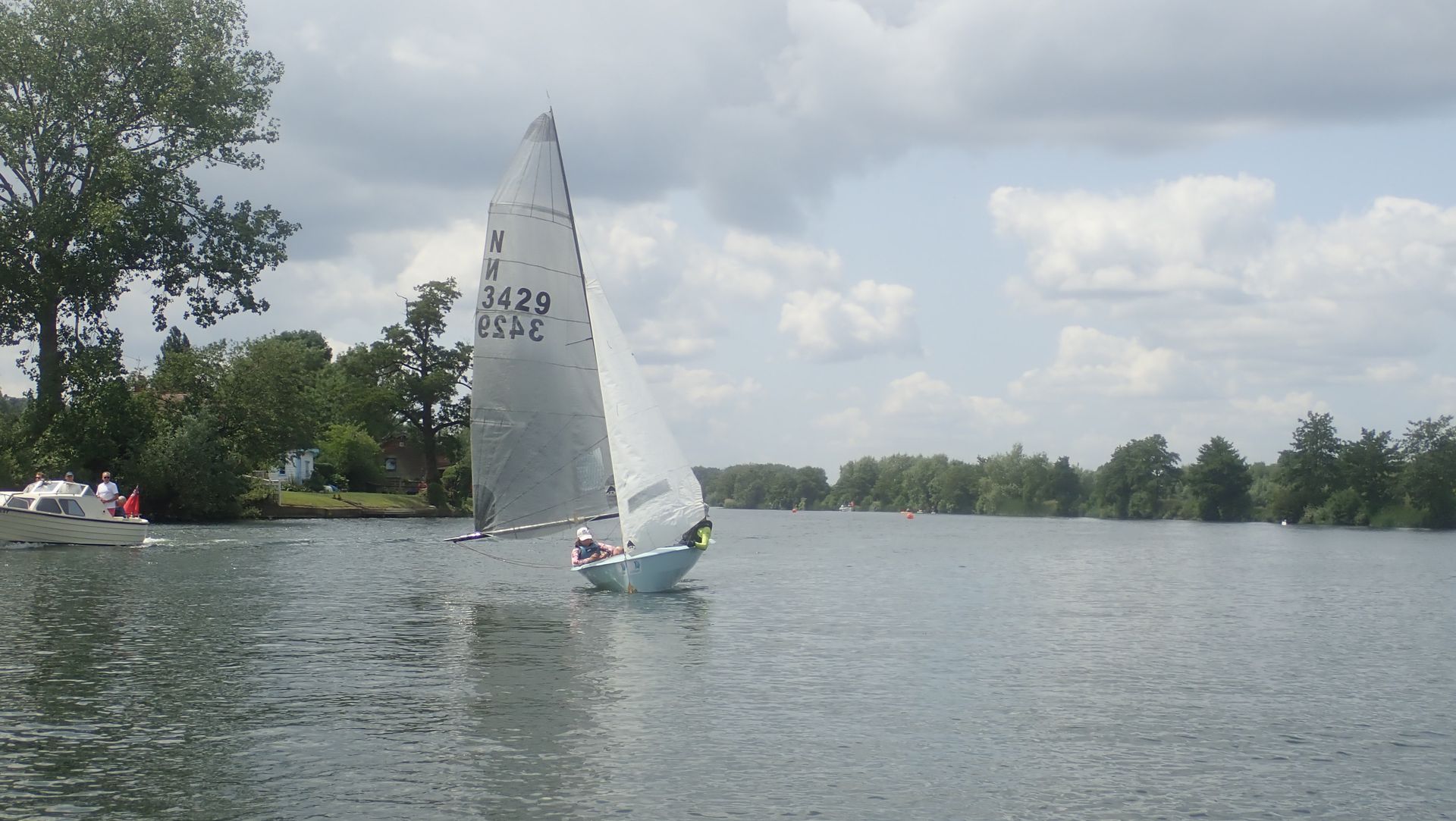Wing-on-Wing: A Sail Configuration Where the Mainsail and Headsail are Set on Opposite Sides of the Boat
Definition: Wing-on-wing is a sail configuration used when running downwind, where the mainsail is set on one side of the boat and the headsail (jib or genoa) is set on the opposite side. This setup maximizes sail area exposed to the wind and helps maintain stability.
Understanding Wing-on-Wing: In sailing, the wing-on-wing configuration is particularly useful when sailing directly downwind. By spreading the sails on either side of the boat, sailors can catch more wind and increase speed. This configuration also helps to balance the boat and prevent accidental gybes.
Applications in Sailing:
Downwind Sailing: Wing-on-wing is ideal for downwind sailing, allowing for efficient use of the wind from behind.
Maximizing Speed: This configuration exposes the maximum sail area to the wind, optimizing speed and performance.
Stability: Keeping the sails on opposite sides of the boat helps to balance the boat and reduce rolling.
Examples of Usage:
"Set the sails wing-on-wing to maximize our downwind speed."
"Use a preventer to secure the boom when sailing wing-on-wing to avoid accidental gybes."
"Adjust the headsail to maintain a stable wing-on-wing configuration."
Visual Representation:
Image Description: Diagram of a sailboat with the mainsail and headsail set on opposite sides, forming a wing-on-wing configuration.
Importance in Sailing: The wing-on-wing configuration is a key technique for downwind sailing, allowing sailors to harness the wind effectively. Understanding how to set and maintain this configuration is crucial for safe and efficient downwind passages.
Related Terms:
Running: Sailing directly downwind, with the wind coming from directly behind the boat.
Broad Reach: Sailing with the wind coming from behind at an angle, typically between 120 and 160 degrees.
Gybe (Jibe): Changing direction by turning the stern through the wind.
Preventer: A line used to prevent the boom from swinging dangerously during a gybe.
Conclusion: Wing-on-wing is an essential sail configuration for downwind sailing, maximizing wind exposure and enhancing stability. Mastery of this technique allows sailors to optimize their performance and maintain control when sailing with the wind directly behind.
